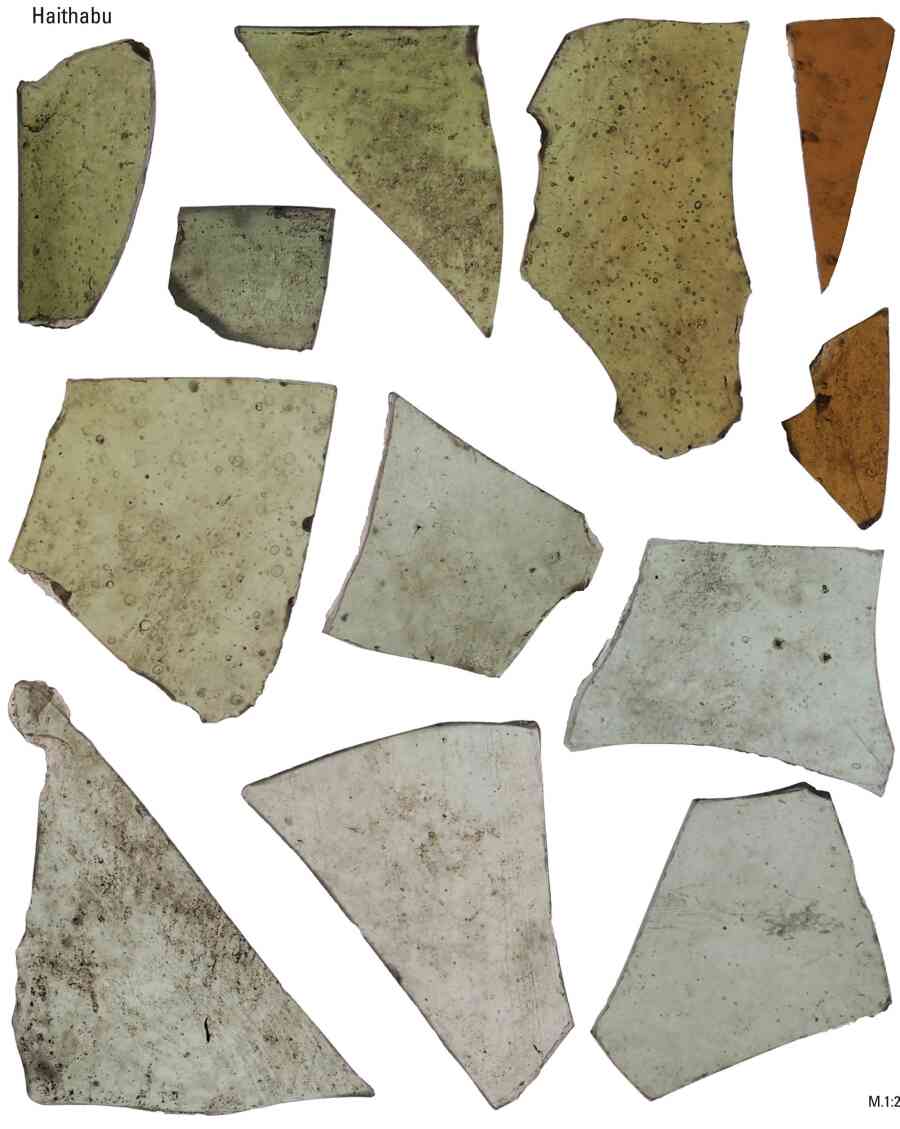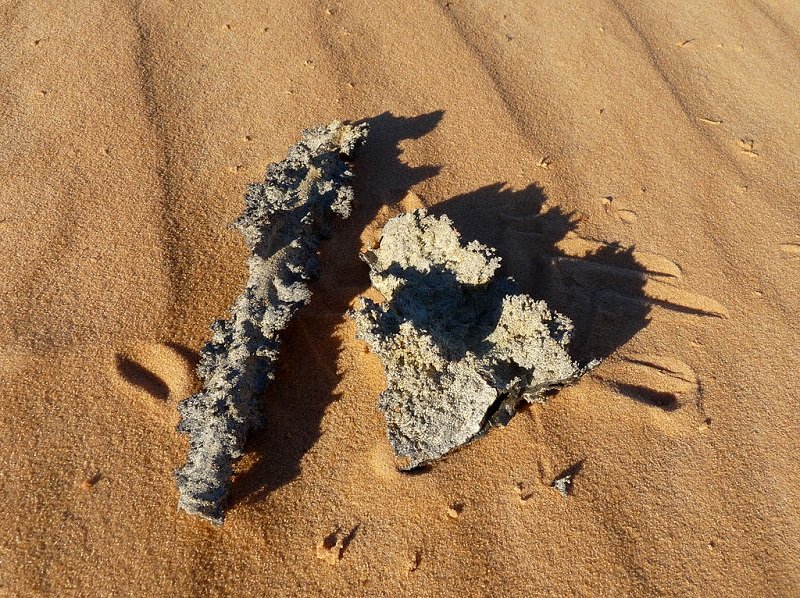Vikings had glass windows
Posted: Fri Oct 06, 2023 7:05 pm
This may seem to be a small revelation at first glace but it further nuances the perception of ”barbarism” in Scandinavia at the time.
Old finds with new revelations: Viking buildings had glass windows
Previously, it was believed that glass panes first came to Denmark in the Middle Ages. But a new research article from the National Museum has disproved that.
Glasruder came to Denmark much earlier than the researchers were aware of. Illustration of a piece of glass from Tissø: CS Andersen, Moesgaard Museum/T. Sweetie. 3D graphics of hall at Tissø: Arkikon / National Museum (Photo: © undefined)
READ UP
DICTIONARY
TEXT
OF
Frederik Brund Flintegaard
TODAY AT 15:58
The notion that the Vikings gathered and drank mead in very dark halls and temples in the Viking Age should perhaps be revised.
New research from the National Museum shows that Danish Vikings had glass panes in their buildings that lit up the rooms.
Mads Dengsø Jessen, who is a senior researcher at the National Museum and one of the authors behind the new research article, says that the research has revealed new information about the Danish arrival of the glass panes.
- Previously, it was believed that glass panes first came to Denmark in the Middle Ages, when churches and castles were built in that period.
- But analyzes of the fragments of glass that we have found have shown that they originate from the Viking Age several hundred years earlier, he says.
Mads Dengsø Jessen, senior researcher at the National Museum and one of the authors behind the research article, with a piece of glass from the Viking Age. Photo: John Fhær Engedal Nissen, National Museum.
Old finds – new revelations
The glass fragments have been found in connection with excavations of, among other things, Viking Age noblemen's farms over the past 25 years.
The excavations have taken place in Sweden and Germany but also in Denmark - including at Tissø in West Zealand.
The National Museum has therefore known about the glass fragments for many years, but it is only recently that they have been analysed.
The Vikings used the glass panes to create a special incidence of light inside
MADS DENGSØ JESSEN, SENIOR RESEARCHER AT THE NATIONAL MUSEUM
The analyzes threw up some interesting conclusions, says Mads Dengsø Jessen.
- We knew that the pieces of glass, which are usually dated to the Middle Ages, were found in locations that were not in use at all during that period. And that surprised us, he says.
This prompted Mads Dengsø Jessen and the rest of the research group, which consists of conservator and glass historian Torben Sode and head of research Bernard Gratuze from the University of Orleans in France, to investigate the glass fragments more closely.
- The glasses have a kind of chemical fingerprint, and with the help of a laser beam you can decode where and when the glasses were produced, he says.
The analysis revealed that the fragments were from the Viking Age, which according to the National Museum stretched from the year 800 to 1050, and probably produced in present-day Germany or France.
The function of the windows
The glass fragments found from the historical excavations are no larger than a fingernail, but they have previously formed larger panes of glass.
However, the panes were not transparent as we know them today.
Here are a number of examples of the fragments of glass that have been found in connection with the excavations. Photo: The National Museum
Mads Dengsø Jessen explains that many panes were matted mosaics in various green and brownish colours. In other words, you couldn't see directly through them.
We have a picture of the Vikings as some who went out to rob themselves of what they needed. I can't imagine what happened to the glass panes
MADS DENGSØ JESSEN, SENIOR RESEARCHER AT THE NATIONAL MUSEUM
But that wasn't the function of the glass panes in the Middle Ages either, he explains.
- The Vikings used the glass panes to create a special light inside. It could help mark people's authority by letting the incident light shine on them.
- They also often let the light fall on important places in a room if you wanted to emphasize something, he says.
Can change viking views
The new research can change the view of the Danish Vikings in several ways, believes Mads Dengsø Jessen.
First of all, it can push the notion of the Vikings as primitive.
- We have a picture of the Vikings as some who went out to rob themselves of what they needed.
- I can't imagine that has happened to the glass panes. The craft is so specialised, that they must have brought in craftsmen from the south of Denmark to install the windows. Or they may have learnt the technique themselves in the late part of the Viking Age, he says.
Mads Dengsø Jessen sees the way of glass panes to Denmark as an example of peaceful trade relations between the countries in the Viking Age, which was otherwise 'a relatively violent period in history'.
The research results also say something about the Vikings' connections to the rest of Europe, explains Mads Dengsø Jessen.
- This peaceful trading relationship shows that Danish Vikings were more closely connected with the rest of the European continent than we thought, he says.
The results of the new research have been published in the scientific journal Danish Journal of Archaeology.

